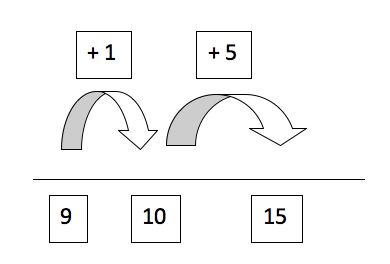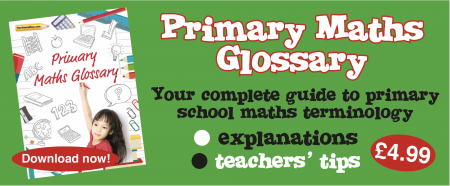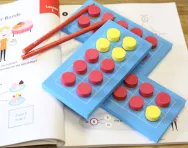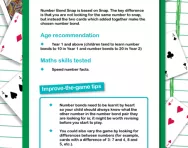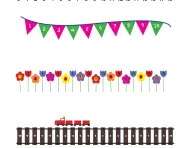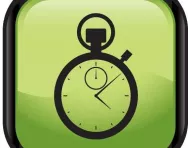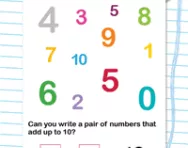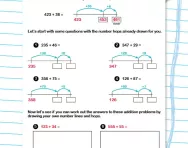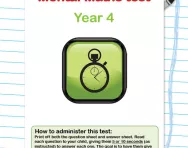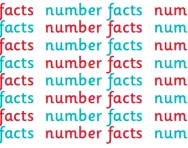TheSchoolRun.com closure date
As we informed you a few months ago, TheSchoolRun has had to make the difficult decision to close due to financial pressures and the company has now ceased trading. We had hoped to keep our content available through a partnership with another educational provider, but this provider has since withdrawn from the agreement.
As a result, we now have to permanently close TheSchoolRun.com. However, to give subscribers time to download any content they’d like to keep, we will keep the website open until 31st July 2025. After this date, the site will be taken down and there will be no further access to any resources. We strongly encourage you to download and save any resources you think you may want to use in the future.
In particular, we suggest downloading:
- Learning packs
- All the worksheets from the 11+ programme, if you are following this with your child
- Complete Learning Journey programmes (the packs below include all 40 worksheets for each programme)
You should already have received 16 primary school eBooks (worth £108.84) to download and keep. If you haven’t received these, please contact us at [email protected] before 31st July 2025, and we will send them to you.
We are very sorry that there is no way to continue offering access to resources and sincerely apologise for the inconvenience caused.
What is bridging through 10?
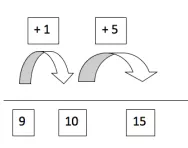
What is bridging through 10?
The bridging through 10 mental maths strategy can also be used to add a one-digit number to a two-digit number, for example:
Here, we take 2 from the 4 to take the 28 up to 30, then add the other 2 to get the answer, 32:
This method relies on children knowing their number bonds to 10, therefore it is important that a teacher is confident that the whole class know their number bonds to ten off-by-heart before teaching this method. Children also need to be able to mentally add a number ending in 0 and a single-digit number (that is, they need to know, for example, that 10 + 6 = 16 and work this out without having to use their fingers).
The point of teaching the bridging through 10 method is that it will help children to add numbers mentally. It is quite possible that you (the adult) already use this method without having been taught it,because it is a quick and efficient way of adding numbers without having to count on your fingers!
Teachers will most likely teach the bridging through 10 method by giving a demonstration on the board, and then by giving the children a worksheet with number lines already drawn for them on which to work out their sums.
When are children taught the bridging through 10 method?
It is possible this method would be taught in Year 2, but it is more likely to be taught in Year 3. The method is not compulsory under the 2014 curriculum, but teachers often teach it to help children speed up their mental maths skills.
Bridging through 10 (or 100, or 1000) can also be used for larger numbers, for example:
Now we have to bridge through 100:
If your child finds the bridging through 10 method useful when they're adding, practise together to help them build confidence and speed.

